Experts
Focusing on Value Creation
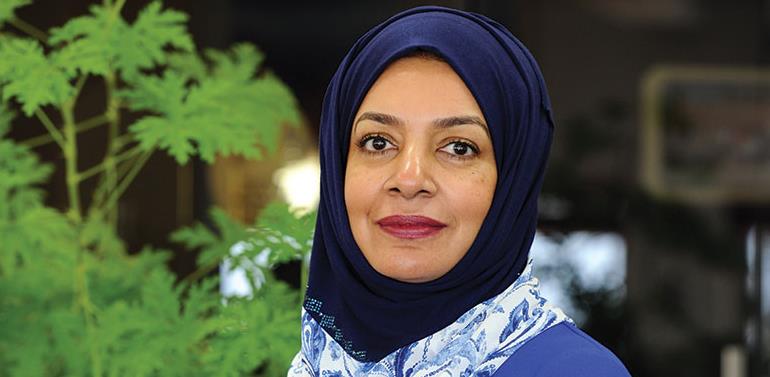
‘Exploration is very much on track with higher investment in 2015 as compared to the previous couple of years,’ says Intisaar Al Kindy, Exploration Director, Petroleum Development Oman (PDO) in an exclusive and candid chat with Akshay Bhatnagar and Kavita Nair-Fondekar. Excerpts of the conversation:
Can you take us through your professional journey and your association with PDO?
I am a geologist by background and did my Master’s degree at Imperial College of London, where I was sponsored by PDO after graduating from high school. You could say PDO is in my blood!
After finishing my Master’s, I joined PDO in 1990 and became a seismologist. After six years, I went on my first posting with Shell in the UK. I came back and took my first leadership role as a portfolio manager and thereafter joined the Gas team as a team leader, and later on as Oil team lead. I then went on my second posting, which was in Jordan as the General Manager and Country Chair of Shell Jordan to set up the unconventional venture there. I came back to Oman in 2011 and took over this position as Exploration Director. So my whole career has been in different positions in exploration.
In the first quarter of this year, the Ministry of Oil & Gas and PDO reiterated that they remain committed to planned investments in 2015 despite the lower oil price environment. We have seen that international oil prices are continuing to be under pressure this year and most of the global oil & gas companies are not expecting any change in the trend in 2015-2016. With this backdrop, what is the mandate for the Exploration Directorate (ED) of PDO in 2015 and the coming years?
Has there been any change in the investments and planned activities on the exploration side?
On the exploration side, the investment levels are higher in 2015 compared to 2014 or the previous 2-3 years. What has changed is actually the risk profile that we are addressing. We are targeting portfolio segments that have high potential to deliver significant production wedges towards PDO production targets, creating value and adding low unit technical cost (UTC) projects that will hopefully replace some of the high cost projects in the company.
In terms of activities, our exploration programme is very diverse and our strategy is to strike a good balance between long-term growth and short to mid-term value creation. Discoveries span geographically from the North to the South, both oil and gas. Specific results are set to be announced at the annual Ministry of Oil and Gas media briefing early next year.
Tell us about the key projects taken up by the ED in 2015. What have been the unique achievements of the ED so far during this year?
We have three themes ongoing. The first is exploring near field to fill any existing ullage in our facilities. The second theme is exploring for mid-term growth opportunities; these are decision-focused wells/projects that support key asset business decisions, like facilities upgrades. The third and main theme is addressing long-term growth.
These are typically high-risk opportunity openers and take a long time to mature. This year has seen another high exploration success rate with very attractive low UTCs. Discoveries span geographically from the North to the South, both oil and gas. Production testing of these discoveries is still ongoing and final results are set to be announced at the annual Ministry of Oil and Gas media briefing next year.
How much production can we expect from there?
The advantage of exploring in PDO with its advanced infrastructure is hooking up discoveries in record short time so they can start contributing to production. This year, whatever we have discovered has made its way to the pipeline. The typical contribution from exploration wells per year averages around 3,500 barrels per day.
Last year, you had acquired the Yibal/Al Huwaisah seismic survey. What are the findings of the survey and how do you plan to take them forward?
The Yibal/Al Huwaisah survey is the largest seismic survey ever done in Oman. It is in one of the most notorious terrains you can think of. Sand dunes and sabkha cover more than 70 per cent of the survey. However, it is one of the few remaining under explored areas in Oman. Acquisition was completed last year. Processing was finalised this year and interpretation of the data is ongoing.
-
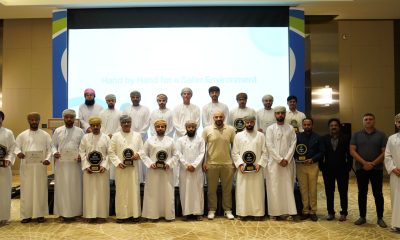
 Banking & Finance2 weeks ago
Banking & Finance2 weeks agoOman Oil Marketing Company Concludes Its Annual Health, Safety, Environment, and Quality Week, Reaffirming People and Safety as a Top Priority
-

 Economy2 months ago
Economy2 months agoMaal Card: What Oman’s New National Payment Card Means for Everyday Users
-
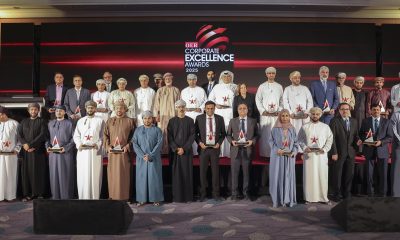
 Events2 months ago
Events2 months agoOER Corporate Excellence Awards 2025 Honours Entities and Innovations in Oman
-

 News2 months ago
News2 months agoSheikh Suhail Bahwan, Chairman of Suhail Bahwan Group, Passes Away
-

 News1 month ago
News1 month agoOIG Appoints New CEO to Lead Its Next Chapter of Excellence
-
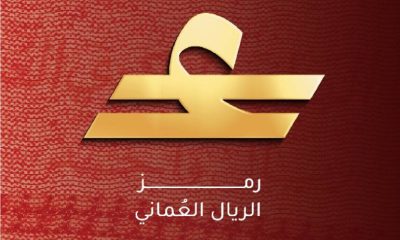
 Economy2 months ago
Economy2 months agoOman Unveils Official Omani Rial Symbol in Landmark Move to Boost Global Currency Presence
-
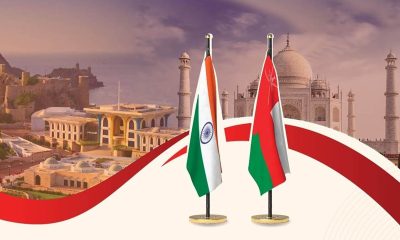
 News1 month ago
News1 month agoReport: How India & The Middle East Are Exploiting Immense Economic Synergies
-
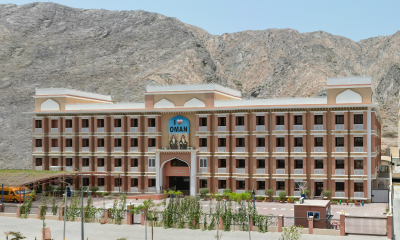
 Uncategorized1 month ago
Uncategorized1 month agoOman’s ISWK Cambridge Learners Achieve ‘Top in the World’ and National Honours in June 2025 Cambridge Series




























You must be logged in to post a comment Login